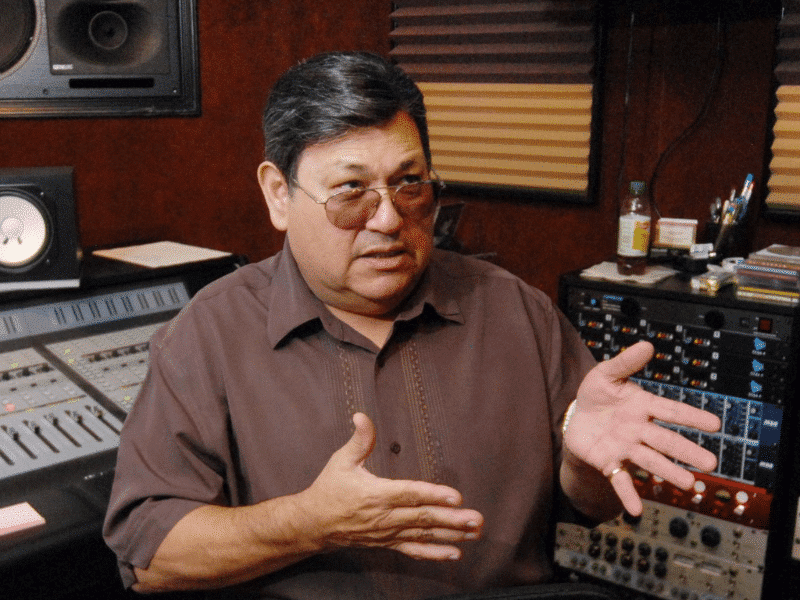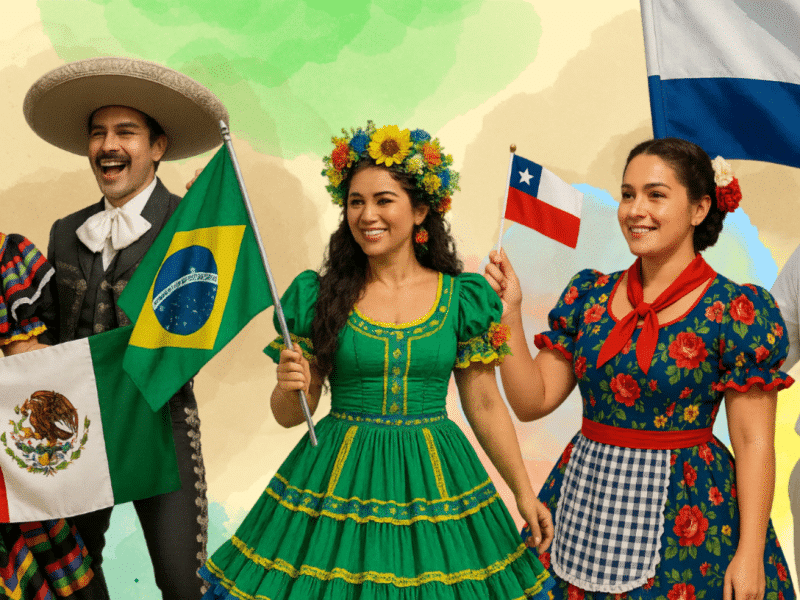“No Sabo”: A Term of Contention for Bicultural Latinos
From JLO to Yahritza, and even Selena Quintanilla, lots of famous people have been called out as “no sabo kids” for not being fluent in Spanish. Yet, using this term to mock people for their lack of Spanish proficiency ignores the many outside factors that might have affected their learning.

Around the world, being able to speak multiple languages is usually considered a plus – a skill that connects different cultures and perspectives. But for many Latinos in the U.S., this ‘advantage’ has sometimes been a double-edged sword.
Throughout the latter part of the 20th century, the phenomenon of being “byelingual” arose. This term captures the essence of individuals who, while having a foundation in two languages (in this case, English and Spanish), often grapple with elements from both. It’s not just about forgetting a word here or there; it’s about juggling two cultural identities and sometimes feeling like you don’t fully belong to either.
Back in the day, especially during the ’80s and ’90s, many Latino parents had a tough choice: Teach their kids Spanish, the language of their roots, or focus on English to fit in better in the U.S. and oftentimes, be a smaller target for racism and racist English-only policies. For various socio-political reasons, including immigration reforms and a charged racial climate post the Civil Rights era, many immigrant parents opted not to teach their children their native tongue.
This choice, although made with the children’s best interests at heart, often stemmed from a fear of ostracization and a desire to shield their kids from the pervasive racism of the time.
Fast forward to now, and there’s a twist. Many first and second-generation Latinos find themselves estranged from a significant part of their heritage. As a result, many face criticism, even from within their own community, for not mastering Spanish. They’re caught in a sort of linguistic limbo. And there’s even a cheeky, and often malicious term for it: “no sabo.”
On the surface, it might seem like the term is a harmless slang or a joke, but words have weight. By using “no sabo,” the term is often used as a way of denigrating someone for not having a skill that they might have had no control over learning in the first place. This term creates an “us vs. them” divide in our own community, making some feel left out or ‘less than.’ At its core, it’s a form of gatekeeping, telling people they aren’t “Latino enough” based on language alone.
But here’s the thing: Being Latino isn’t just about speaking Spanish. At the heart of this issue lies the complex nature of Latino and Latine identity in the U.S. The expectation that every Latino should be fluent in Spanish ignores the vast cultural, linguistic, and racial diversity of Latin America. While Spanish remains the dominant language, many indigenous languages, including Quechua, Mayan, and countless others, are spoken throughout the continent. The rich history of these languages and their speakers is a testament to the variety within the Latine identity.
Some of our icons, like Selena Quintanilla, weren’t fluent Spanish speakers. Yet, they wore their Latino badge with pride. It goes to show that speaking a language is just one piece of the puzzle.
As the world evolves and cultures continue to intertwine, we need to rethink what it means to belong. Your connection to your heritage is a deeply personal and multifaceted thing that should not be criticized. And gatekeeping language only limits the richness of cultural exchange.
While the path to understanding and redefining what it means to be Latine might still be under construction, one thing is clear: It’s time to leave divisive terms like “no sabo” behind. Everyone has their own way of connecting with their culture, and that’s worth celebrating.




